Home>Maintenance & Safety>Child & Elderly Safety at Home>How To Talk To Preschoolers About Home Safety
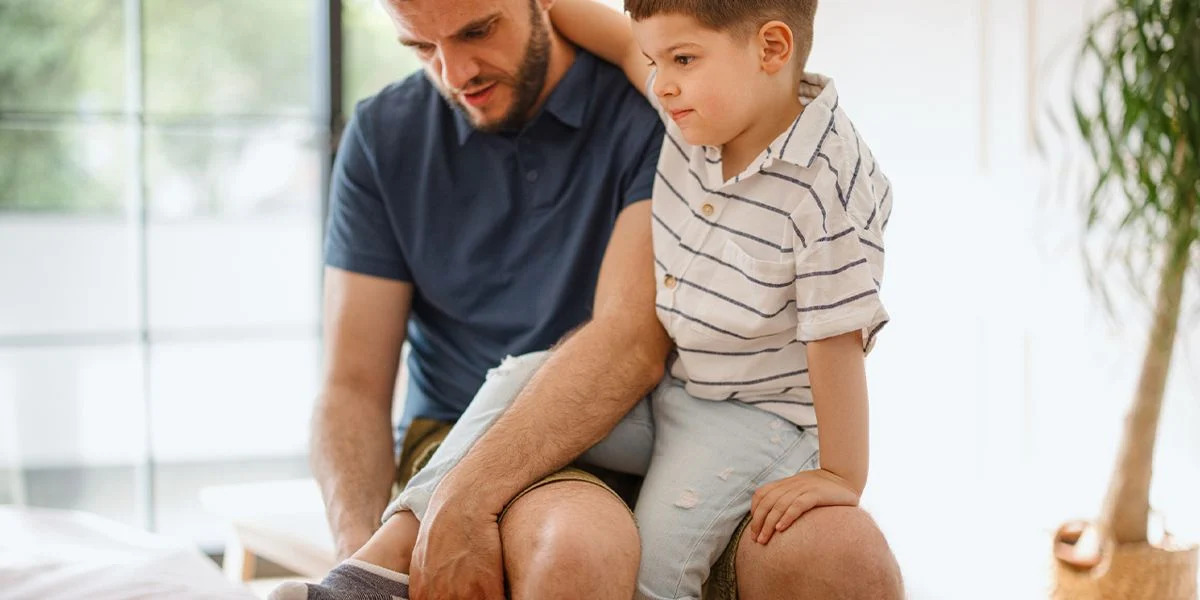

Child & Elderly Safety at Home
How To Talk To Preschoolers About Home Safety
Modified: August 27, 2024
Learn effective ways to discuss child and elderly safety at home with preschoolers. Discover helpful tips and resources for teaching them about home safety.
(Many of the links in this article redirect to a specific reviewed product. Your purchase of these products through affiliate links helps to generate commission for Storables.com, at no extra cost. Learn more)
Introduction
Ensuring the safety of preschoolers at home is a top priority for parents and caregivers. Young children are naturally curious and full of energy, which can sometimes lead them into potentially dangerous situations. Therefore, it's crucial to educate them about home safety in a way that is both informative and engaging. By instilling the importance of safety from an early age, children can develop a strong understanding of potential hazards and how to avoid them. In this article, we will explore effective strategies for talking to preschoolers about home safety, empowering them with the knowledge and skills to navigate their living environment confidently.
When it comes to discussing home safety with preschoolers, it's essential to strike a balance between imparting valuable information and maintaining a positive, non-fearful approach. By creating an open and supportive dialogue, children can absorb crucial safety guidelines while feeling secure and empowered. Let's delve into the significance of home safety education and discover effective methods for communicating this vital information to preschoolers in an engaging and relatable manner.
Key Takeaways:
- Teach preschoolers about home safety using fun and engaging methods like storytelling, role-playing, and colorful visuals to help them understand and remember important safety rules.
- Encourage open communication and involve parents and caregivers to create a safe and consistent environment for preschoolers to learn and practice home safety.
Read more: What To Teach 5-6 Graders About Home Safety
Importance of Home Safety Education
Home safety education plays a pivotal role in equipping preschoolers with the knowledge and awareness necessary to navigate their living space securely. By instilling a strong foundation of safety practices early on, children can develop a heightened sense of awareness regarding potential hazards and the appropriate actions to take in various situations. Moreover, fostering a culture of safety within the home environment can significantly reduce the risk of accidents and injuries, providing parents and caregivers with peace of mind.
Through comprehensive safety education, preschoolers can learn to recognize and avoid common household hazards, such as sharp objects, electrical outlets, and slippery surfaces. By understanding the potential risks associated with these elements, children can proactively implement safety measures, such as avoiding touching electrical outlets or handling sharp objects without supervision. Additionally, educating preschoolers about fire safety, including the importance of not playing with matches or lighters, can instill life-saving knowledge that may prove invaluable in emergency situations.
Furthermore, home safety education fosters a sense of empowerment and self-reliance in preschoolers. By teaching them to identify and respond to potential hazards, children can develop a proactive mindset, enabling them to make informed decisions about their safety. This empowerment not only enhances their confidence but also cultivates a sense of responsibility, as they understand the impact of their actions on their well-being.
Moreover, by incorporating age-appropriate safety education into their daily routine, preschoolers can internalize these concepts as fundamental aspects of their upbringing. This integration ensures that safety practices become ingrained in their behavior, setting the stage for a lifetime of cautious and informed decision-making.
Overall, home safety education for preschoolers is instrumental in creating a secure and nurturing environment where children can thrive without unnecessary risks. By imparting essential safety knowledge in an engaging and supportive manner, parents and caregivers can empower preschoolers to navigate their surroundings with confidence and awareness, laying the groundwork for a safe and fulfilling childhood.
Choosing the Right Language and Approach
When communicating with preschoolers about home safety, the language and approach used play a crucial role in ensuring that the information is effectively received and understood. It is essential to employ language that is clear, simple, and relatable, tailored to the developmental stage of the child. By using age-appropriate terminology and relatable examples, parents and caregivers can effectively convey safety concepts without overwhelming or confusing the preschooler.
Utilizing a positive and empowering approach is key to fostering a sense of security and confidence in preschoolers. Rather than instilling fear, the focus should be on imparting knowledge in a supportive and reassuring manner. Emphasizing the importance of safety as a means of protection and empowerment can help children internalize safety practices as positive and beneficial aspects of their daily lives.
Visual aids, such as colorful illustrations and interactive materials, can serve as valuable tools for reinforcing safety concepts in a way that resonates with preschoolers. These visual representations can make abstract safety guidelines more tangible and engaging, facilitating better understanding and retention of the information. Additionally, incorporating storytelling and imaginative play can further enhance the effectiveness of the educational approach, capturing the child’s attention and making the learning process enjoyable.
Moreover, integrating real-life scenarios into the discussion can help preschoolers contextualize safety concepts within their own experiences. By relating safety guidelines to familiar situations, such as playing in the living room or helping in the kitchen, children can grasp the relevance and practical application of the information, making it more meaningful and impactful.
Overall, choosing the right language and approach when discussing home safety with preschoolers is essential for effectively conveying crucial information while nurturing a positive and empowering mindset. By tailoring the communication style to the child’s developmental stage, incorporating visual aids, and framing safety discussions in a relatable and supportive manner, parents and caregivers can lay the groundwork for a solid understanding of home safety practices in preschoolers.
Identifying Potential Hazards
Identifying potential hazards within the home environment is a critical step in promoting preschoolers’ safety. By recognizing and addressing common risks, parents and caregivers can create a secure living space for children to explore and thrive. It is essential to conduct a thorough assessment of the home, paying close attention to areas and objects that may pose potential dangers to preschoolers.
One of the primary areas of concern is the kitchen, where various hazards, such as sharp utensils, hot surfaces, and electrical appliances, may be present. Ensuring that sharp objects are stored safely out of reach and that hot surfaces are inaccessible to young children can significantly reduce the risk of accidents. Additionally, utilizing stove knob covers and childproof latches on cabinets and drawers can further enhance kitchen safety.
Another common area where hazards may lurk is the bathroom. Caregivers should take measures to prevent slips and falls by using non-slip mats in the bathtub and placing safety locks on medicine cabinets and drawers containing potentially harmful substances. It is also crucial to monitor water temperature to prevent scalding and to keep electrical appliances away from water sources.
Throughout the home, electrical outlets, cords, and appliances present potential risks to preschoolers. Installing outlet covers, securing cords out of reach, and using safety gates to restrict access to areas with electrical appliances can mitigate these hazards effectively. Furthermore, ensuring that heavy furniture and appliances are anchored to the wall can prevent tipping accidents, providing an added layer of safety.
Other potential hazards to consider include window safety, where the installation of window guards or stops can prevent falls, and the proper storage of household cleaners, medications, and other toxic substances out of reach of children. By addressing these and other potential hazards proactively, parents and caregivers can create a safer environment for preschoolers to explore and play without unnecessary risks.
Regularly reassessing the home environment for potential hazards is crucial, as children’s developmental stages and abilities evolve over time. By remaining vigilant and proactive in identifying and addressing potential risks, parents and caregivers can uphold a secure and nurturing living space for preschoolers, fostering their well-being and growth.
Teaching Basic Safety Rules
Introducing basic safety rules to preschoolers is an essential component of home safety education, empowering children with fundamental guidelines to navigate their living environment securely. By instilling these rules in an engaging and accessible manner, parents and caregivers can equip preschoolers with the knowledge and awareness necessary to make safe choices and respond appropriately to potential hazards.
One fundamental safety rule for preschoolers is the concept of “stop, look, and listen.” Teaching children to pause, observe their surroundings, and listen for guidance before engaging in an activity can help them assess potential risks and make informed decisions. This simple yet effective rule encourages mindfulness and caution, instilling a proactive approach to safety.
Additionally, educating preschoolers about the importance of asking for permission before engaging in certain activities, such as using household appliances or leaving the home, can reinforce the value of communication and seeking adult guidance. This practice not only promotes safety but also encourages open dialogue between children and caregivers, fostering a supportive and communicative environment.
Furthermore, teaching preschoolers about the significance of staying within designated safe areas, such as play areas and supervised zones, can help prevent accidents and promote a sense of security. By establishing clear boundaries and explaining the rationale behind them, children can understand the importance of staying within safe parameters and seeking adult assistance when needed.
Moreover, introducing the concept of “stranger danger” in an age-appropriate manner can help preschoolers recognize potential risks when interacting with unfamiliar individuals. Teaching children to seek help from trusted adults and avoid engaging with strangers without supervision can enhance their safety awareness and preparedness.
Reinforcing these basic safety rules through interactive activities, such as role-playing scenarios and incorporating them into everyday routines, can solidify their importance in the minds of preschoolers. By integrating these rules into the fabric of their daily experiences, children can internalize them as fundamental principles for navigating their surroundings securely.
Overall, teaching basic safety rules to preschoolers lays a crucial foundation for their understanding of home safety practices. By imparting these rules in an engaging and relatable manner, parents and caregivers can empower children to make informed decisions, communicate effectively, and navigate their living environment with confidence and awareness.
Use simple language and repetition to teach preschoolers about home safety. For example, “We always hold hands when crossing the street” or “We never touch the stove, it’s hot.”
Using Visual Aids and Role-Playing
Integrating visual aids and role-playing activities into home safety education for preschoolers can significantly enhance the effectiveness of safety concepts, making learning engaging and memorable. Visual aids, such as colorful posters, interactive diagrams, and educational videos, serve as powerful tools for reinforcing safety guidelines in a visually stimulating and accessible manner. By leveraging these resources, parents and caregivers can effectively capture children’s attention and facilitate a deeper understanding of essential safety practices.
Visual aids can be utilized to illustrate potential hazards within the home, such as electrical outlets, sharp objects, and slippery surfaces, in a way that resonates with preschoolers. By presenting these concepts through engaging visuals, children can grasp the relevance and potential risks associated with various household elements, making safety guidelines more tangible and relatable.
Furthermore, incorporating role-playing activities into home safety education allows preschoolers to actively participate in simulated scenarios, enabling them to apply safety rules in a practical and interactive setting. Through role-playing, children can practice responding to potential hazards, seeking help from adults, and making safe choices in a controlled and supportive environment.
Role-playing also provides an opportunity for parents and caregivers to observe children’s understanding and application of safety rules, offering valuable insights into areas that may require further reinforcement. Additionally, engaging in role-playing activities can empower children to internalize safety practices as proactive and empowering measures, fostering a sense of confidence and preparedness.
Moreover, storytelling and imaginative play can be integrated into role-playing scenarios to contextualize safety concepts within familiar and relatable narratives. By weaving safety guidelines into engaging stories and interactive play, children can connect with the information on a deeper level, making the learning experience enjoyable and impactful.
Overall, the strategic use of visual aids and role-playing activities can enrich home safety education for preschoolers, making the learning process interactive, engaging, and effective. By leveraging these creative tools, parents and caregivers can instill crucial safety practices in children while fostering a positive and empowering approach to navigating their living environment securely.
Encouraging Open Communication
Fostering open communication with preschoolers about home safety is instrumental in creating a supportive and empowering environment where children feel comfortable expressing their concerns and seeking guidance. By establishing a culture of open dialogue, parents and caregivers can cultivate a sense of trust and security, enabling preschoolers to voice their questions, fears, and observations related to safety.
Encouraging preschoolers to ask questions and express their thoughts about safety fosters a sense of empowerment and autonomy, allowing children to actively participate in their own safety education. By validating their inquiries and providing clear, age-appropriate explanations, parents and caregivers can address children’s concerns while reinforcing key safety concepts.
Moreover, creating an environment where preschoolers feel comfortable sharing their experiences and observations regarding potential hazards can provide valuable insights for parents and caregivers. Children may notice safety risks or situations that adults overlook, making their input a valuable component of maintaining a secure living environment. By actively listening to children’s perspectives, adults can gain a comprehensive understanding of potential safety concerns and take proactive measures to address them.
Furthermore, using open communication to engage preschoolers in collaborative safety discussions can enhance their sense of ownership and responsibility. By involving children in decision-making processes, such as establishing safety rules and identifying safe play areas, parents and caregivers can instill a proactive and mindful approach to safety, empowering children to contribute to their well-being.
Additionally, integrating open communication into safety education can serve as a platform for discussing emergency procedures and preparing preschoolers for unexpected situations. By openly addressing safety protocols and practicing emergency drills in a supportive and reassuring manner, children can develop a sense of preparedness and confidence in responding to potential crises.
Overall, encouraging open communication with preschoolers about home safety not only promotes a deeper understanding of safety concepts but also nurtures a supportive and collaborative environment where children feel empowered and valued. By fostering open dialogue, parents and caregivers can instill a proactive and mindful approach to safety in preschoolers, enhancing their confidence and preparedness in navigating their living environment securely.
Involving Parents and Caregivers
Incorporating parents and caregivers into the home safety education process is essential for creating a cohesive and comprehensive approach to preschoolers’ well-being. By involving adults in the safety education of young children, a unified and consistent message can be conveyed, reinforcing crucial safety practices and promoting a secure living environment.
One effective way to involve parents and caregivers is to establish open communication channels, such as regular discussions or workshops focused on home safety. These platforms provide opportunities for adults to share insights, experiences, and concerns related to safety, fostering a collaborative and informed approach to addressing potential hazards within the home environment.
Furthermore, creating a shared safety plan that outlines key safety rules, emergency procedures, and preventative measures can serve as a valuable reference for parents and caregivers. By collectively developing and implementing this plan, adults can align their approach to home safety, ensuring consistency in reinforcing safety practices and responding to potential risks.
Moreover, involving parents and caregivers in the educational process can facilitate the seamless integration of safety practices into daily routines. By collectively reinforcing safety rules and guidelines, adults can create a unified and supportive environment where preschoolers receive consistent safety messaging, enhancing their understanding and retention of crucial safety concepts.
Regular communication between parents, caregivers, and other involved adults, such as family members or educators, can also serve to exchange insights and observations regarding preschoolers’ interactions with their living environment. By sharing observations and experiences, adults can collectively identify potential hazards and address safety concerns proactively, ensuring a comprehensive approach to home safety.
Additionally, involving parents and caregivers in safety education can extend beyond the home environment to community initiatives and resources. Collaborating on safety-related community events, accessing educational materials, and participating in safety-focused activities can enrich the safety education experience for preschoolers, reinforcing key concepts in diverse and engaging settings.
Overall, involving parents and caregivers in the home safety education of preschoolers fosters a collaborative, informed, and consistent approach to promoting children’s well-being. By creating open channels of communication, developing shared safety plans, and exchanging insights and experiences, adults can collectively reinforce crucial safety practices, empowering preschoolers to navigate their living environment securely.
Conclusion
Home safety education for preschoolers is a multifaceted endeavor that requires a thoughtful and comprehensive approach. By prioritizing open communication, engaging educational methods, and involving parents and caregivers, children can develop a strong foundation of safety awareness and skills, empowering them to navigate their living environment securely.
It is crucial to recognize the significance of choosing the right language and approach when discussing home safety with preschoolers. By tailoring the communication style to the child’s developmental stage and utilizing positive and relatable language, parents and caregivers can impart crucial safety information in a supportive and engaging manner.
Identifying potential hazards within the home environment and teaching basic safety rules are fundamental components of home safety education. By conducting thorough assessments of potential risks and introducing essential safety guidelines, children can develop a proactive mindset and make informed decisions about their well-being.
Furthermore, incorporating visual aids, role-playing activities, and open communication into safety education can significantly enhance children’s understanding and retention of safety practices. These creative and interactive methods foster a positive and empowering approach to safety, making the learning process engaging and impactful.
By involving parents and caregivers in the safety education process, a unified and consistent approach to home safety can be established. Through open communication, shared safety plans, and collaborative initiatives, adults can reinforce crucial safety practices and promote a secure living environment for preschoolers.
In conclusion, home safety education for preschoolers is not only about imparting essential safety knowledge but also about fostering a supportive and empowering environment where children feel confident and capable of navigating their surroundings securely. By embracing a holistic and collaborative approach to safety education, parents and caregivers can instill lifelong safety skills in preschoolers, setting the stage for a safe and fulfilling childhood.
Frequently Asked Questions about How To Talk To Preschoolers About Home Safety
Was this page helpful?
At Storables.com, we guarantee accurate and reliable information. Our content, validated by Expert Board Contributors, is crafted following stringent Editorial Policies. We're committed to providing you with well-researched, expert-backed insights for all your informational needs.
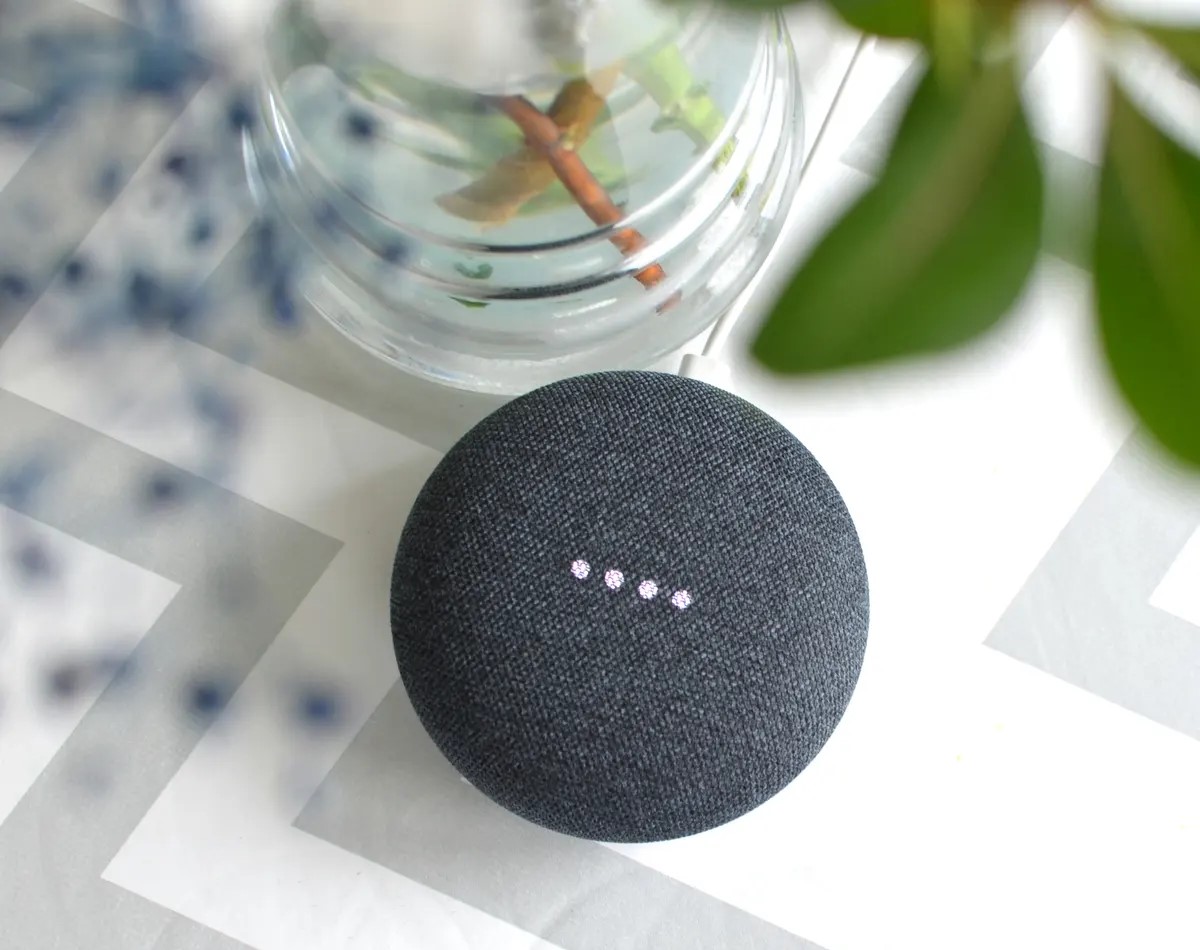
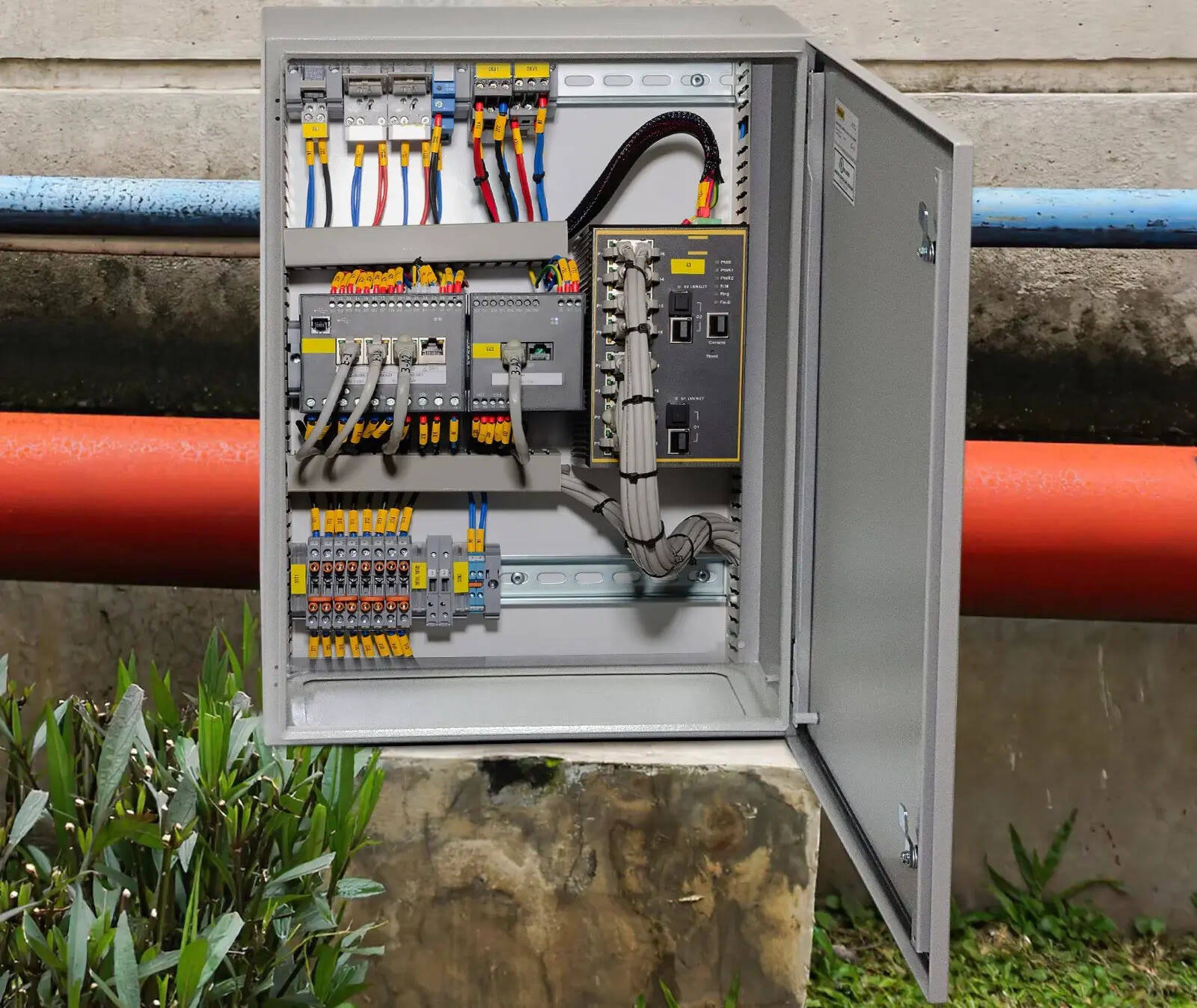

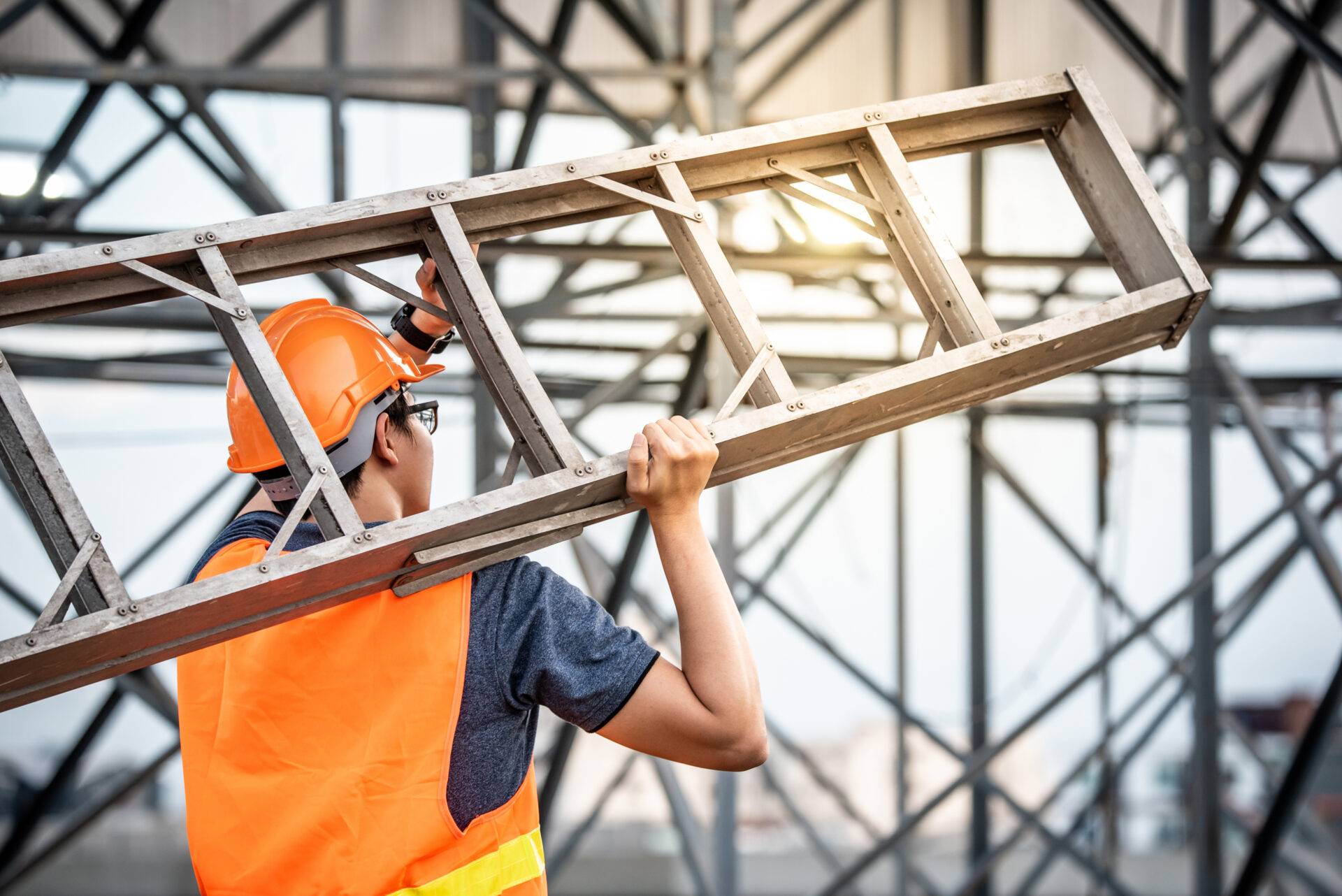
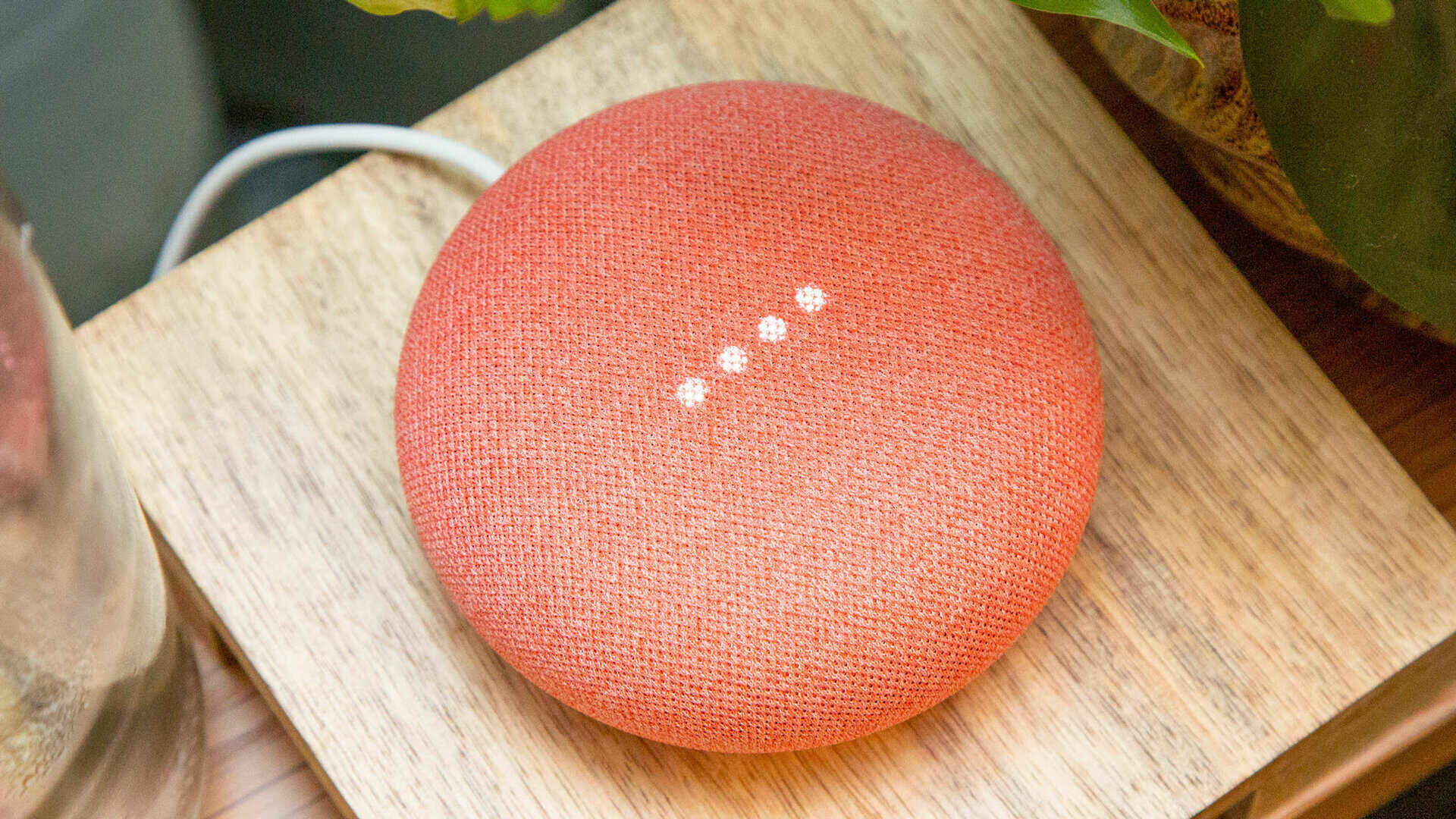


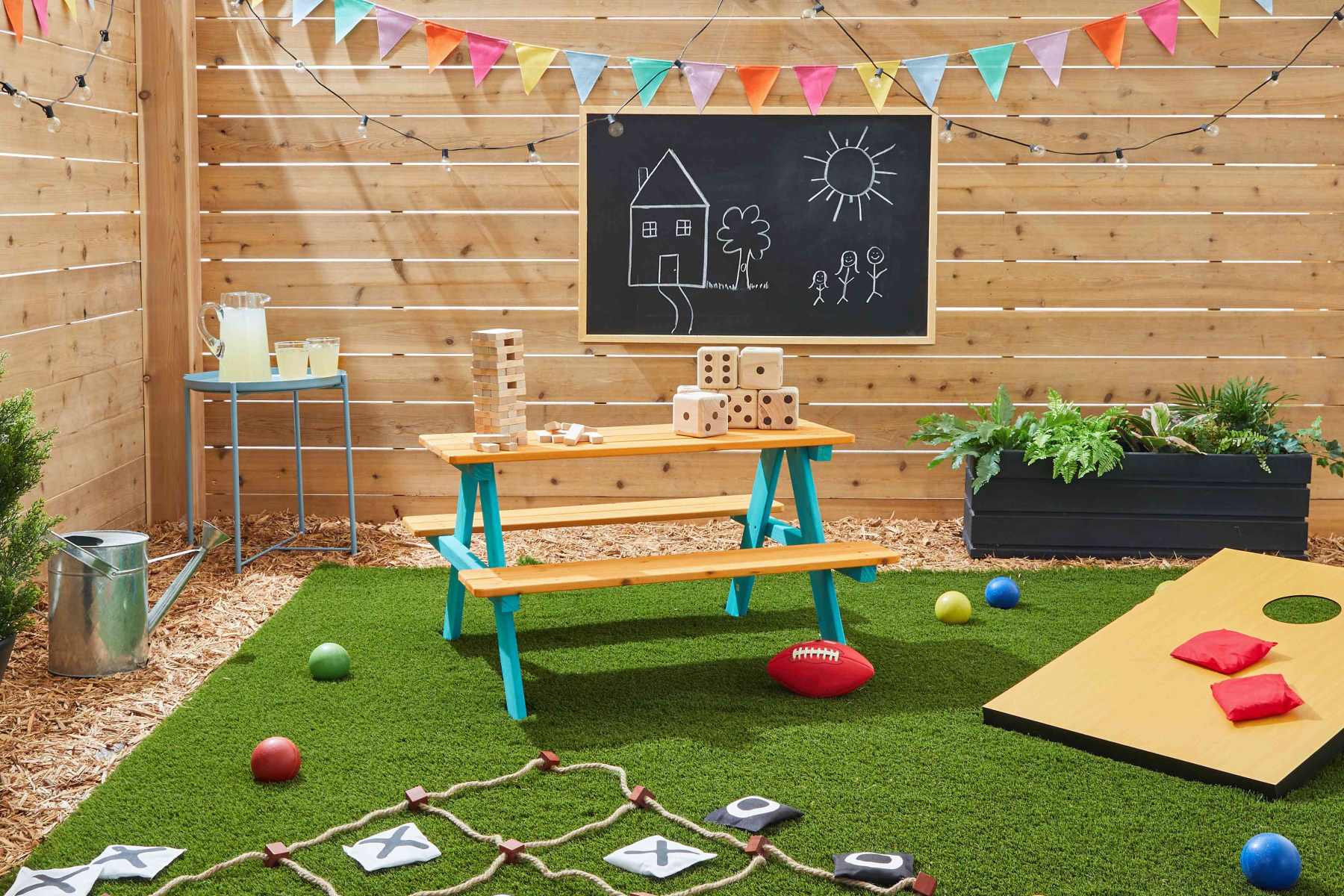
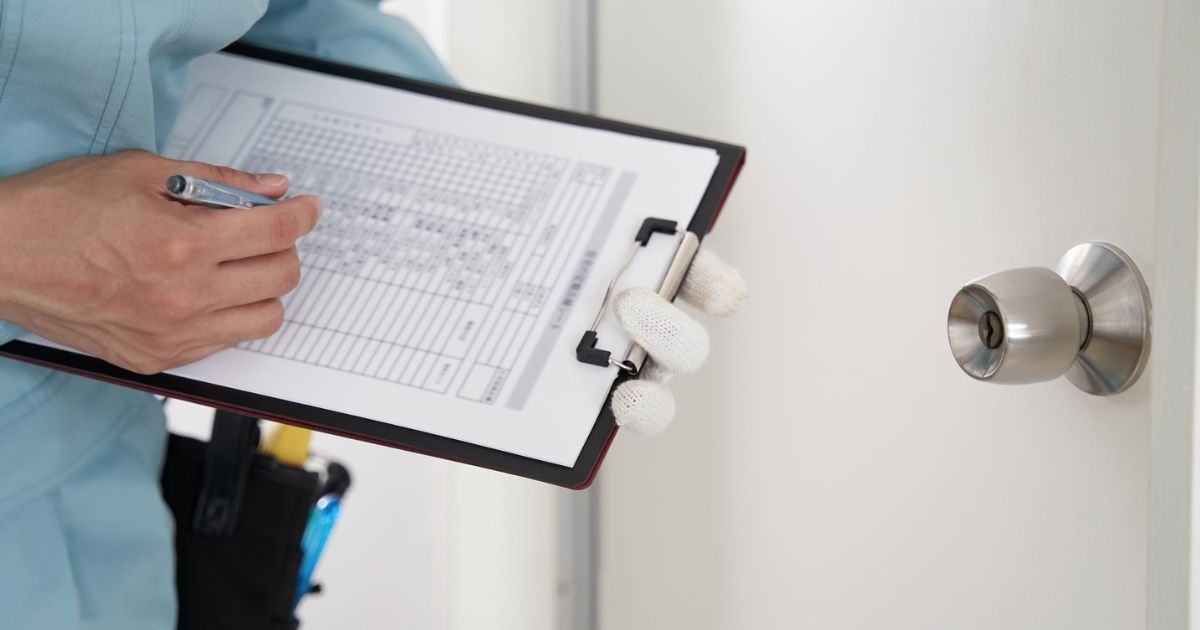
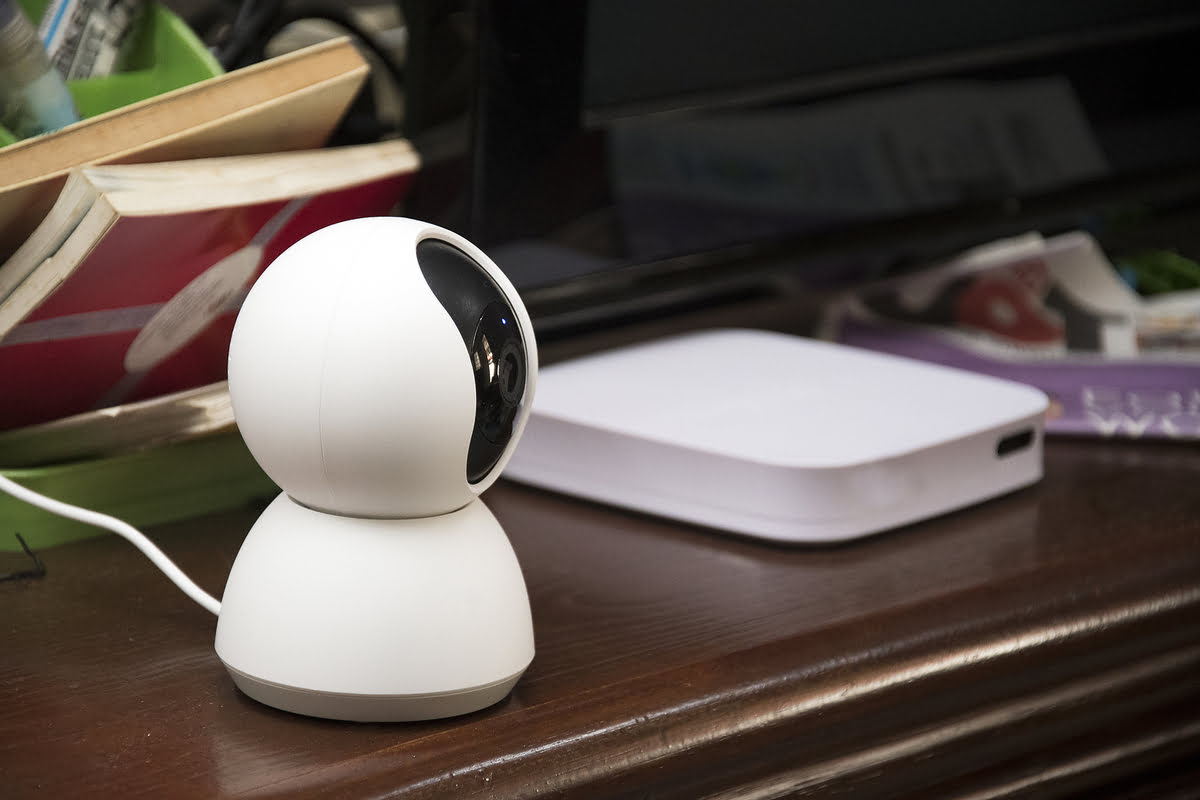

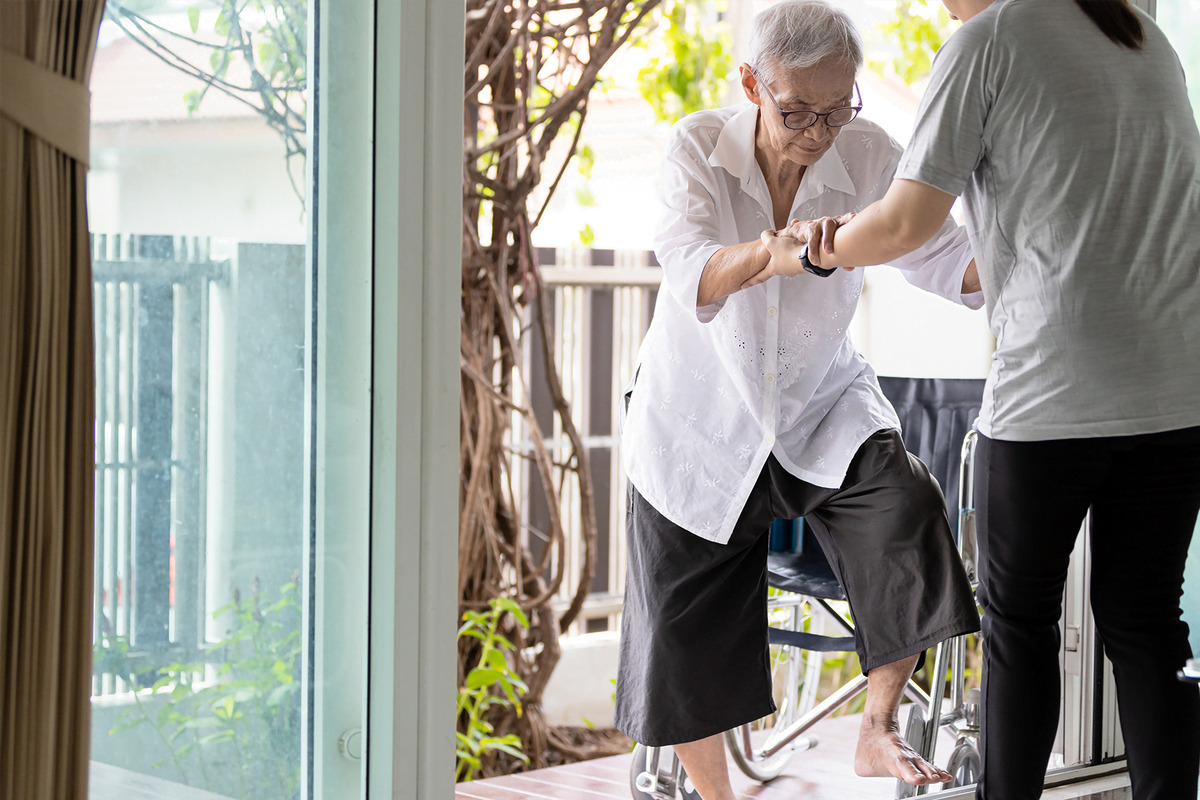

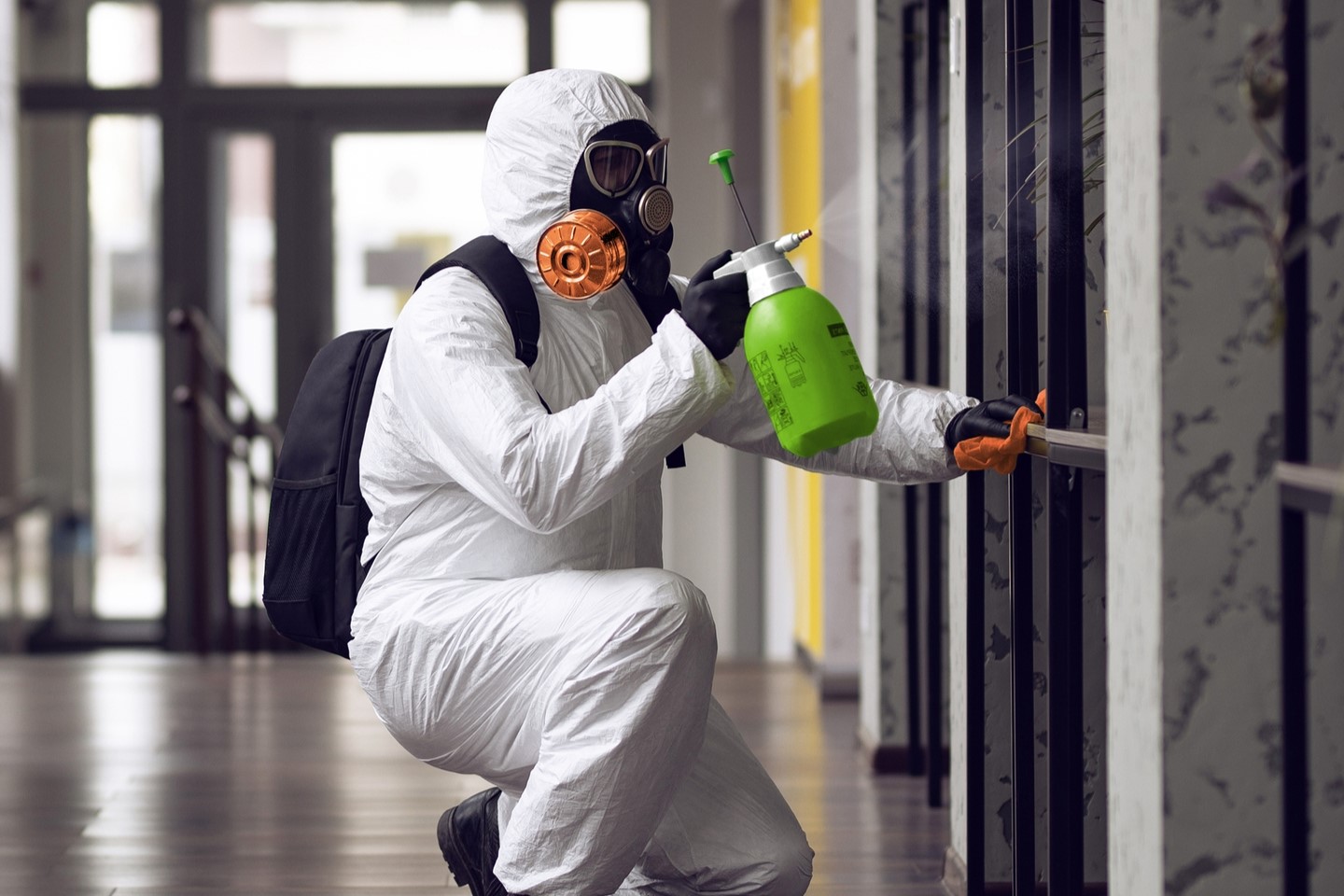

0 thoughts on “How To Talk To Preschoolers About Home Safety”